- Utility-First Fundamentals
Utility-First Fundamentals
从一组受约束的基本实用程序构建复杂组件。
Overview
传统上,每当你需要在网络上设计样式时,你都会编写CSS。
使用传统方法,其中自定义设计需要自定义CSS
You have a new message!
<div class="chat-notification">
<div class="chat-notification-logo-wrapper">
<img class="chat-notification-logo" src="/img/logo.svg" alt="ChitChat Logo">
</div>
<div class="chat-notification-content">
<h4 class="chat-notification-title">ChitChat</h4>
<p class="chat-notification-message">You have a new message!</p>
</div>
</div>
<style>
.chat-notification {
display: flex;
align-items: center;
max-width: 24rem;
margin: 0 auto;
padding: 1.5rem;
border-radius: 0.5rem;
background-color: #fff;
box-shadow: 0 20px 25px -5px rgba(0, 0, 0, 0.1), 0 10px 10px -5px rgba(0, 0, 0, 0.04);
}
.chat-notification-logo-wrapper {
flex-shrink: 0;
}
.chat-notification-logo {
height: 3rem;
width: 3rem;
}
.chat-notification-content {
margin-left: 1.5rem;
}
.chat-notification-title {
color: #1a202c;
font-size: 1.25rem;
line-height: 1.25;
}
.chat-notification-message {
color: #718096;
font-size: 1rem;
line-height: 1.5;
}
</style>使用Tailwind,您可以通过在HTML中直接应用预先存在的类来设置元素样式。
使用实用程序类构建自定义设计,而无需编写CSS
You have a new message!
<div class="flex items-center max-w-sm p-6 mx-auto space-x-4 bg-white shadow-lg rounded-xl">
<div class="shrink-0">
<img class="size-12" src="/img/logo.svg" alt="ChitChat Logo">
</div>
<div>
<div class="text-xl font-medium text-black">ChitChat</div>
<p class="text-slate-500">You have a new message!</p>
</div>
</div>在上面的例子中,我们使用了:
- Tailwind的[flexbox](/docs/display#flex)和[padding](/docs/padding)实用程序(“flex”、“shrink-0”和“p-6”),用于控制整体卡布局
- 最大宽度和边距实用程序(max-w-sm和mx-auto)用于约束卡片宽度并将其水平居中
- 用于设置卡片外观样式的背景颜色、边框半径和方框阴影实用程序(bg白色、圆角xl和阴影lg)
- 用于设置徽标图像宽度和高度的尺寸实用程序(size-12)
- 实用程序之间的间距(space-x-4),用于处理徽标和文本之间的间距
- 用于设置卡片文本样式的字体大小、文本颜色和字体粗细实用程序(文本xl、文本黑色、字体中等等)
这种方法允许我们实现完全自定义的组件设计,而无需编写一行自定义CSS。
现在我知道你在想什么,“这是一场暴行,多么可怕的混乱!”你说得对,这有点丑陋。事实上,当你第一次看到它时,你几乎不可能认为这是一个好主意——你必须真正尝试一下。
但是,一旦你真正以这种方式构建了一些东西,你很快就会注意到一些非常重要的好处:
- 你没有浪费精力发明类名。不再仅仅为了设计样式而添加像“侧边栏内部包装器”这样愚蠢的类名,也不再为真正只是一个柔性容器的东西的完美抽象名称而苦恼。
- 你的CSS停止增长。使用传统方法,每次添加新功能时,CSS文件都会变大。有了实用程序,一切都是可重用的,所以你很少需要编写新的CSS。
- 做出改变感觉更安全。CSS是全球性的,当你做出更改时,你永远不知道你会破坏什么。HTML中的类是本地的,因此您可以更改它们,而不必担心其他东西会损坏。
当你意识到只使用预定义的实用程序类在HTML中工作是多么高效时,以任何其他方式工作都会感觉像是折磨。
为什么不直接使用内联样式?
对这种方法的一个常见反应是想知道,“这不是内联样式吗?”在某些方面是这样的——你直接将样式应用于元素,而不是为它们分配类名,然后对该类进行样式设置。
但是,与内联样式相比,使用实用类有一些重要的优势:
- 使用约束进行设计。使用内联样式,每个值都是一个神奇的数字。使用实用程序,您可以从预定义的[设计系统](/docs/theme)中选择样式,这使得构建视觉一致的UI变得更加容易。
- 响应式设计。你不能在内联样式中使用媒体查询,但你可以使用Tailwind的[响应式实用程序](/docs/response design)轻松构建完全响应的界面。
- 悬停、聚焦和其他状态。内联样式不能针对悬停或聚焦等状态,但Tailwind的[状态变量](/docs/hover-focus和其他状态)使使用实用程序类对这些状态进行样式设置变得容易。
该组件完全响应,包括一个具有悬停和聚焦样式的按钮,并且完全由实用程序类构建:

Erin Lindford
Product Engineer
<div class="py-8 px-8 max-w-sm mx-auto bg-white rounded-xl shadow-lg space-y-2 sm:py-4 sm:flex sm:items-center sm:space-y-0 sm:space-x-6">
<img class="block mx-auto h-24 rounded-full sm:mx-0 sm:shrink-0" src="/img/erin-lindford.jpg" alt="Woman's Face" />
<div class="text-center space-y-2 sm:text-left">
<div class="space-y-0.5">
<p class="text-lg font-semibold text-black">
Erin Lindford
</p>
<p class="font-medium text-slate-500">
Product Engineer
</p>
</div>
<button class="px-4 py-1 text-sm text-purple-600 font-semibold rounded-full border border-purple-200 hover:text-white hover:bg-purple-600 hover:border-transparent focus:outline-none focus:ring-2 focus:ring-purple-600 focus:ring-offset-2">Message</button>
</div>
</div>可维护性问题
使用实用程序优先方法时,最大的可维护性问题是管理通常重复的实用程序组合。
这很容易通过[提取组件和部分](/docs/reused styles#提取组件和局部)和使用[编辑器和语言功能](/docs/重用styles#使用编辑器和语言特性)来解决,如多光标编辑和简单循环。
<!-- PrimaryButton.vue -->
<template>
<button class="px-4 py-2 font-bold text-white bg-blue-500 rounded hover:bg-blue-700">
<slot/>
</button>
</template>除此之外,维护一个实用程序优先的CSS项目比维护一个大型CSS代码库要容易得多,因为HTML比CSS更容易维护。GitHub、Netflix、Heroku、Kickstarter、Twitch、Segment等大公司正在使用这种方法并取得巨大成功。
如果你想了解其他人使用这种方法的经验,请查看以下资源:
- 数字:一年半的原子CSS by John Polacek
- 不,实用程序类与内联样式不同 by Sarah Dayan of Algolia
- Diana Mounter在GitHub上使用实用程序类, a podcast interview
更多信息,请查看原子/实用程序优先CSS案例, curated by John Polacek.

